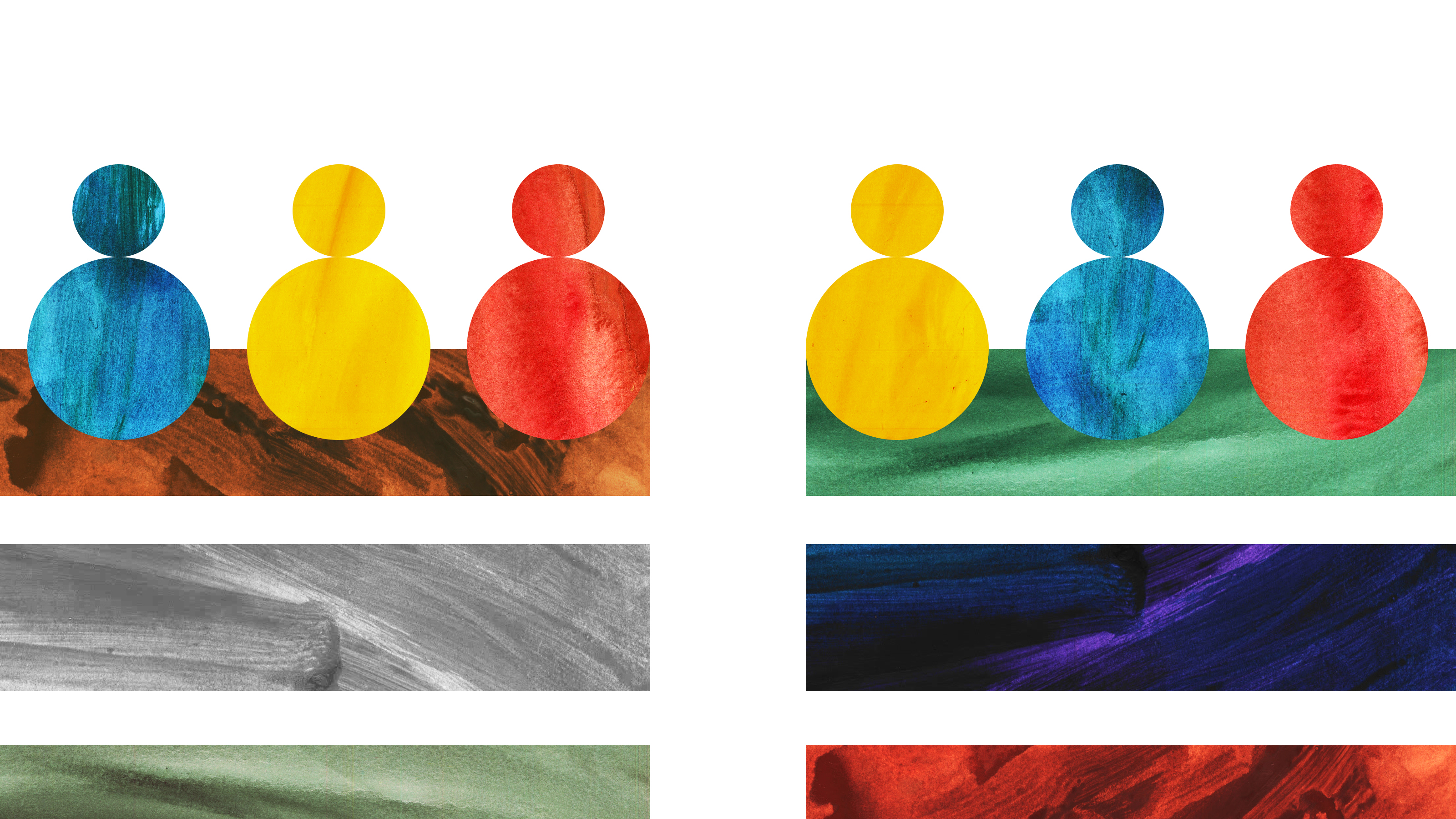5 “belonging rules” to help the “moveable middle” thrive

- The transformative potential of the “moveable middle” — those individuals who are agile, dutiful, and steady — remains under-prioritized within organizations.
- A unique style of “belonging leadership” is needed to effectively engage this power group.
- Inclusion and understanding of the “moveable middle” serves as a stabilizing force, countering disruptive extremes.
In an age dominated by extreme narratives and the loudest voices, the transformative potential of a quieter but significant group — “the moveable middle” — remains unnoticed and under-prioritized within organizations. Within this willing and open group lies the answer to many of the most vexing issues facing leaders and their organizations.
People in the middle are often left out, unappreciated, and lacking communication. Their talents go untapped, their contributions are rarely recognized, and their potential is underestimated. As such, leaders’ attention is rarely captured by this agile audience — after all, they are quiet, willing, dutiful, and consistently the steady force doing necessary work. They show up and rarely speak out.
The “moveable middle” in any organization is inhabited by individuals and groups that are not only more open to change and evolution, but crave it. This significant block of employees remains a potent resource, awaiting truthful information and genuine connection.
The real solution to most organizational and societal problems lies in how people in the middle perceive they belong and how they are invited inside to be part of the solution. The middle is typically where tension quietly resides, simmering below the surface due to office politics or lack of psychological safety. The middle is also where leaders are likely to find the quietly disenfranchised and disconnected, those who want no part of any extreme and only want to keep their job.
Despite the powerful financial and ethical incentives for designing inclusive and inspiring cultures, leadership attention often strays toward louder extremes, missing this silent, steady, and strong middle. However, the middle can and should be successfully engaged — they are open to change; they are “moveable” — but a unique style of leadership is required for effectively engaging this power group and harnessing their collective potential. At Deutser, we call this “belonging leadership”: a more human-centric approach to leading.
Employees who experience greater belonging at work are significantly more engaged, satisfied, and committed to their organizations.
Research provides compelling evidence for the benefits of “belonging leadership.” In our study with 14,709 employees across a variety of roles and industries — from the energy and healthcare sectors to academia and the National Football League — we found that employees who experience greater belonging at work are significantly more engaged, satisfied, and committed to their organizations.
Moreover, organizations with fairer, more inclusive cultures and leaders who galvanize this experience have healthier employees and demonstrate superior performance, according to studies conducted by Deutser’s Head of Learning and Innovation, Dr. Isabel Bilotta.

How does the “belonging leader” bring the “moveable middle” into dialogue and drive necessary change? Belonging leaders cherish diversity, foster transparent communication, and most importantly, center their efforts on those making up the middle. Understanding and authentically engaging the middle, providing them with the complete, unvarnished truth, and empowering them to act decisively is paramount. Trust is fundamental to this group — they want the information and be allowed to distill it and filter it through their own perspective. Inclusion and understanding of this group not only yields more effective contribution but also serves as a stabilizing force within the organization, countering disruptive extremes.
Our research and consulting work demonstrates that if leaders enact five fundamental principles — which we refer to as the “belonging rules” — they are more likely to foster unity, acceptance, and performance, creating the genuine community and connection that underlies our fundamentally human experience of belonging. Understanding and applying the five “belonging rules” can provide a structure that allows the middle to thrive.
- Turn into the power. This calls for direct and intentional forays into the heart of power structures, forces, and accepted traditions. Those in the quieter middle often avoid anything that requires intentional challenge of power. Whether it’s because their voices are historically overlooked, or because there’s a fear around the backlash that stems from challenging power structures, there’s a tension that cannot be dealt with properly unless the middle is truly engaged and heard.
- Listen without labels. By hearing what is spoken without judgment, while engaging with humanity and heart, leadership can free the middle to become a stabilizing force in open discussion. The middle is often the best group for conversations that create meaningful, lasting change, as they are not driven by a singular narrative but truly want to create progress and are often the most willing to achieve consensus by embracing nuanced, diverse perspectives.
- Choose identity over purpose. When we create an ecosystem that recognizes both the complexity as well as the wholeness of identity, it expands the space for inclusion. The middle can be effectively brought in through a cultural framework that gives them greater awareness of company identity, behavior, and values.
- Challenge everything. By promoting an open environment for inquiry, free of conflict, devoid of oppositional energy, and driven by a positive spirit of curiosity, the previously overlooked and unrecognized needs of the “moveable middle” can be validated and engaged.
- Demand 100% of the truth. What the middle most craves is truth. “Belonging leadership” relies on rejecting the more typical 80% of the truth in modern business, and instead requiring 100% of the truth 100% of the time.
“Belonging leadership” can cultivate a culture of authenticity, connectivity, and value for every member of an organization. It illuminates quiet tensions, and targets fear (and the elements that drive it) inside and outside the workplace. Above all, it demands an open exchange and trust — allowing the “moveable middle” to formulate their own thoughts and perspectives, which then engenders trust back with the leadership.
The aim of “belonging leadership” is to shift the narrative away from the extremes and toward the power base that is the middle. By promoting the value of this group and the necessity of an inclusive environment, the transformative power of “belonging leadership” can be fully realized. This approach can catalyze organizational performance and innovation, making entities more inclusive and productive, and harness the transformative potential of the “moveable middle.”
By fostering a sense of belonging, leaders can not only revolutionize their organizational culture and performance but also contribute to a broader societal shift towards inclusivity and understanding.





